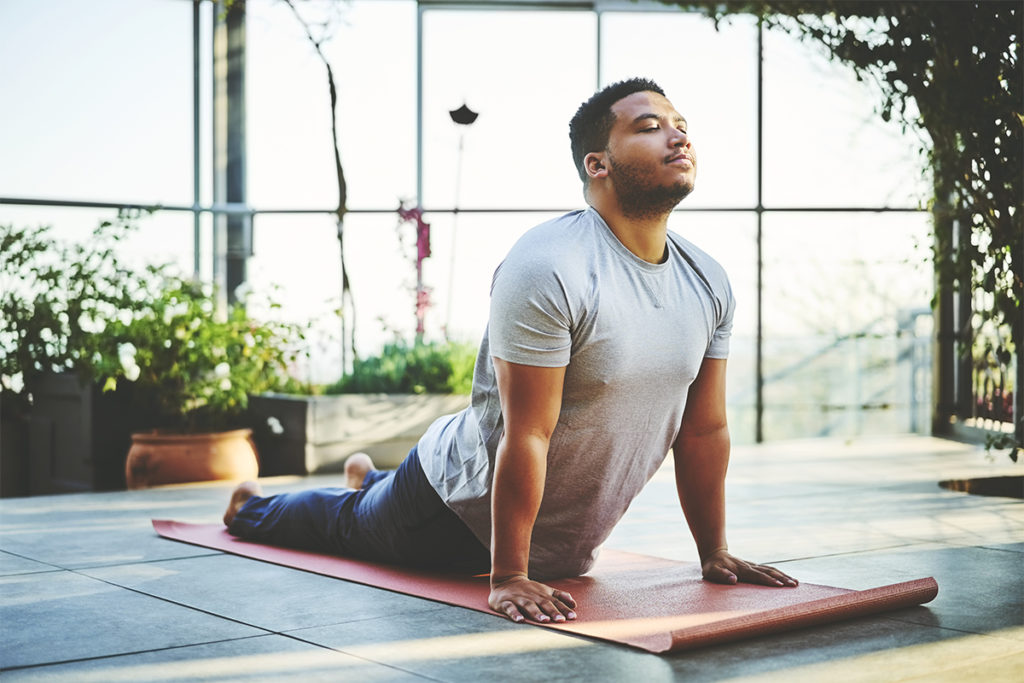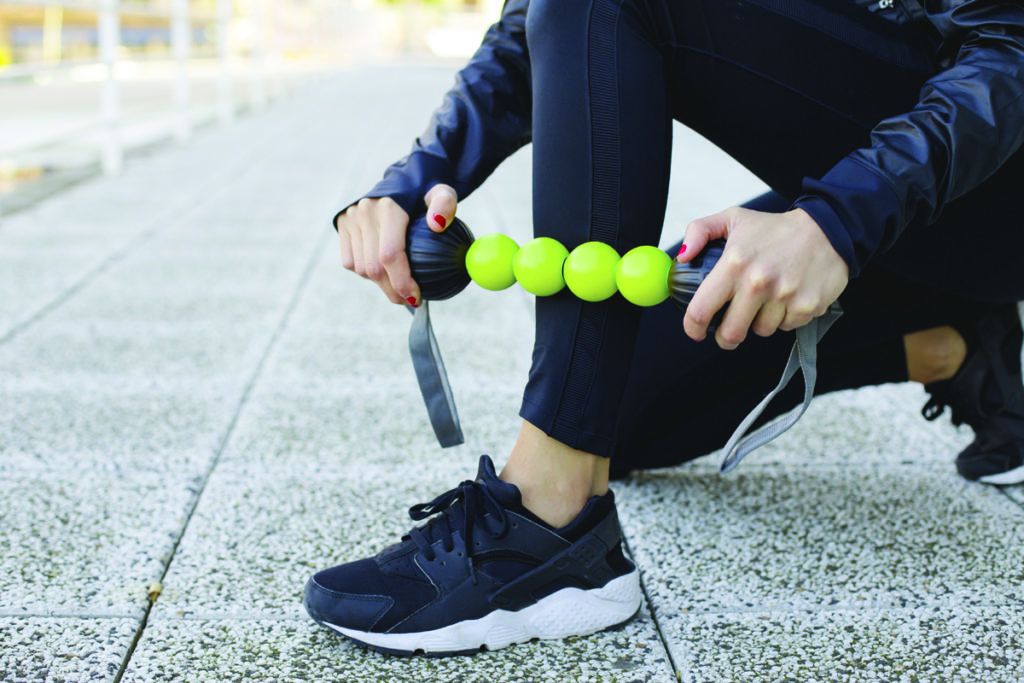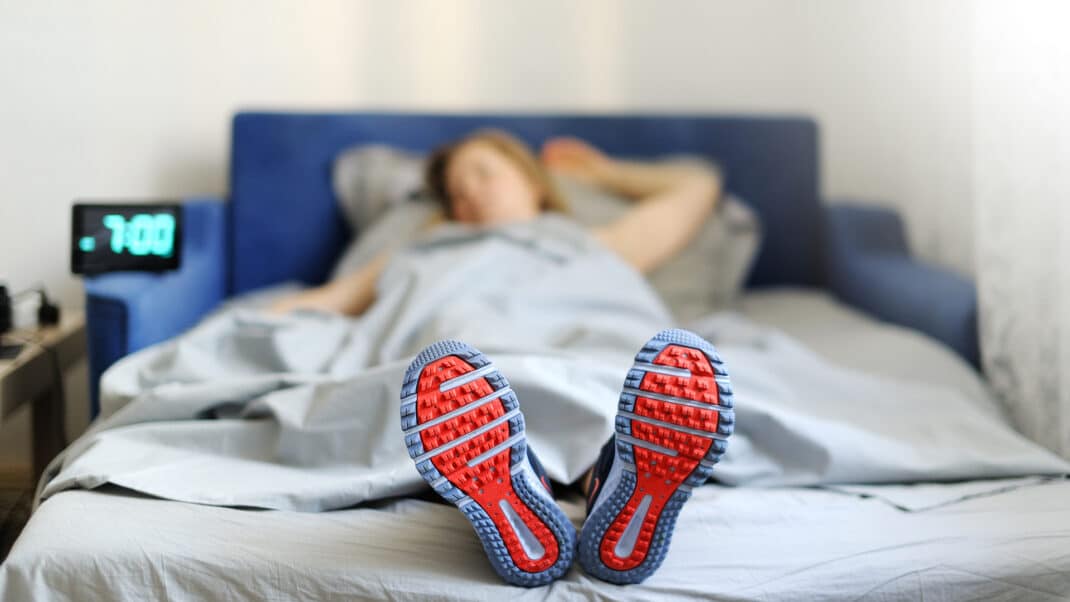Enhancing Sleep Quality Through Exercise
Insights for Fitness Professionals and Wellness Educators

Sleep plays a critical role in human health, affecting everything from mood and immune function to cognitive performance and recovery. As public awareness of sleep’s importance grows, fitness professionals and wellness educators are uniquely positioned to help clients improve sleep quality through tailored exercise programs.
Scientific research increasingly supports the idea that exercise—whether moderate or vigorous, aerobic or mindful—can positively influence various aspects of sleep. This article explores the connection between exercise and sleep, identifies the types of exercise with the greatest benefits, and offers practical strategies for implementation.
The Interplay Between Exercise and Sleep
Sleep and exercise have a bidirectional relationship: regular physical activity promotes better sleep, and high-quality sleep supports consistent physical performance. Numerous studies demonstrate that engaging in physical activity can lead to measurable improvements in sleep duration, efficiency, and quality (Banno et al., 2018; Dolezal et al., 2017).
Physiologically, exercise helps regulate circadian rhythms—the body’s internal clock—by promoting temperature changes and hormonal responses that signal to the brain when it’s time to rest. Exercise also reduces cortisol, the body’s primary stress hormone, and increases serotonin and endorphins, which contribute to a relaxed state and facilitate sleep onset (Dolezal et al., 2017).
Psychologically, the stress-reducing effects of exercise help calm the mind and improve mental health, both of which are essential for restful sleep. For individuals experiencing anxiety, depression, or high levels of stress—all common contributors to insomnia—exercise provides a natural, accessible intervention with minimal side effects (Kredlow et al., 2015).

Types of Exercise and Their Impact on Sleep
Different forms of exercise affect sleep in unique ways. Here’s a breakdown of the most well-supported approaches:
1. Aerobic Exercise
Aerobic activities such as walking, jogging, cycling, and swimming have long been associated with better sleep outcomes. These moderate-to-vigorous physical activities help reduce sleep onset latency (the time it takes to fall asleep), increase slow-wave (deep) sleep, and decrease nighttime awakenings.
Aerobic exercise is also effective in reducing symptoms of anxiety and depression, which are major contributors to sleep disorders. A meta-analysis by Kredlow et al. (2015) found that even modest aerobic activity, when performed consistently, leads to notable improvements in sleep quality. For most clients, even 30 minutes of brisk walking on most days can yield positive results.
2. Resistance Training
Strength training isn’t just for building muscle—it can also improve sleep. Research has found that resistance training enhances sleep efficiency and increases total sleep time (Kovacevic et al., 2018). One proposed mechanism is that resistance exercise increases energy expenditure and promotes a drop in body temperature post-exercise, helping signal the body to wind down.
Furthermore, resistance training may offer unique benefits for older adults and individuals with chronic pain or metabolic disorders, both of which can interfere with sleep. As a result, incorporating two to three days of full-body strength training into a weekly schedule may be an effective strategy for promoting restful sleep.
3. Mind-Body Practices
Mind-body exercises, including yoga, tai chi, and qigong, offer a dual benefit: physical activity combined with mindfulness and relaxation. These practices are particularly effective for improving subjective sleep quality, especially in populations experiencing chronic insomnia or high levels of stress (Wang et al., 2019).
Such exercises incorporate deep breathing, gentle movements, and meditative focus, which reduce autonomic arousal—a physiological state often elevated in people with sleep issues. Studies show that even short sessions of yoga or tai chi (2–3 times per week) can significantly improve sleep among both healthy individuals and those with clinical sleep disturbances (Yang et al., 2012).
Timing of Exercise and Sleep Considerations
While exercise generally promotes better sleep, the timing of workouts can influence how effective it is in supporting rest. Morning and afternoon workouts are commonly associated with more restful and longer sleep, particularly because they align well with the body’s natural circadian rhythms (Dolezal et al., 2017).
Vigorous exercise in the late evening or at night, however, may have mixed results. Some individuals experience delayed sleep onset or increased alertness following intense activity due to elevated heart rate and core body temperature. That said, recent evidence also suggests that light to moderate evening exercise, like walking or yoga, may still be beneficial and may not disrupt sleep for most people (Kredlow et al., 2015).
The key takeaway for fitness professionals is to personalize exercise timing based on individual responses. Encourage clients to observe how they sleep following evening workouts, and adjust accordingly.

Practical Recommendations for Clients
To help clients optimize sleep through exercise, fitness professionals and wellness educators can incorporate the following strategies:
1. Consistency
Encourage clients to develop a regular workout routine, as consistency matters more than intensity when it comes to long-term sleep benefits. Sporadic exercise may not yield sustained improvements. Suggest aiming for at least 150 minutes of moderate-intensity activity per week, ideally broken up into manageable sessions.
2. Personalization
Tailor workouts to each client’s lifestyle, preferences, fitness level, and sleep goals. Not everyone responds the same way to different types or intensities of activity. Some may benefit more from vigorous cardio, while others might respond better to yoga or walking. The key is to find something enjoyable and sustainable.
3. Mindfulness Integration
Adding relaxation techniques such as breathwork, progressive muscle relaxation, or short meditative practices at the end of sessions can further promote calmness and sleep readiness. These strategies also build mental resilience, helping clients unwind from the day’s stressors.
4. Educate About Sleep Hygiene
While exercise is powerful, it works best in tandem with good sleep habits. Offer guidance on limiting screen time before bed, creating a consistent bedtime routine, and avoiding caffeine or alcohol late in the day. Position exercise as part of a comprehensive sleep hygiene toolkit.
Exercise is a valuable, evidence-based intervention for improving sleep quality. It supports physical restoration, regulates biological rhythms, and promotes psychological relaxation—all of which are essential for achieving restful, restorative sleep. Fitness professionals and wellness educators can play a transformative role in enhancing sleep outcomes by integrating thoughtful, personalized physical activity into their clients’ routines.
Whether through aerobic workouts, strength training, or mindful movement, exercise empowers individuals to take charge of their sleep and, by extension, their overall health and well-being. By prioritizing sleep in fitness programming, professionals help clients experience the full spectrum of benefits that regular movement can offer.
References
Banno, M., Harada, Y., Taniguchi, M., Tobita, R., Tsujimoto, H., Tsujimoto, Y., Kataoka, Y., & Noda, A. (2018). Exercise can improve sleep quality: A systematic review and meta-analysis. PeerJ, 6, e5172. https://doi.org/10.7717/peerj.5172
Dolezal, B. A., Neufeld, E. V., Boland, D. M., Martin, J. L., & Cooper, C. B. (2017). Interrelationship between sleep and exercise: A systematic review. Advances in Preventive Medicine, 2017, 1364387. https://doi.org/10.1155/2017/1364387
Kovacevic, A., Mavros, Y., Heisz, J. J., & Fiatarone Singh, M. A. (2018). The effect of resistance exercise on sleep: A systematic review of randomized controlled trials. Sleep Medicine Reviews, 39, 52–68. https://doi.org/10.1016/j.smrv.2017.06.003
Kredlow, M. A., Capozzoli, M. C., Hearon, B. A., Calkins, A. W., & Otto, M. W. (2015). The effects of physical activity on sleep: A meta-analytic review. Journal of Behavioral Medicine, 38(3), 427–449. https://doi.org/10.1007/s10865-015-9617-6
Wang, F., Boros, S., & Fang, Q. (2019). The effects of Tai Chi and Qigong exercise on psychological status in adolescents: A systematic review and meta-analysis. Journal of Pediatric Nursing, 45, e75–e90. https://doi.org/10.1016/j.pedn.2018.12.014
Yang, P. Y., Ho, K. H., Chen, H. C., & Chien, M. Y. (2012). Exercise training improves sleep quality in middle-aged and older adults with sleep problems: A systematic review. Journal of Physiotherapy, 58(3), 157–163. https://doi.org/10.1016/S1836-9553(12)70106-6





